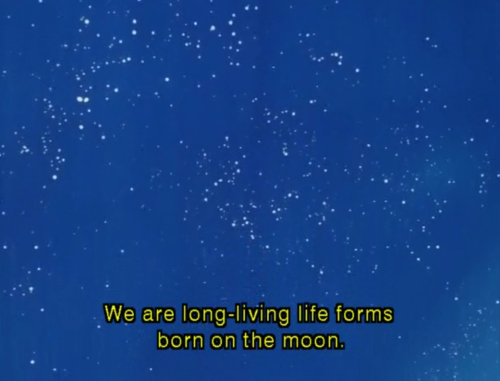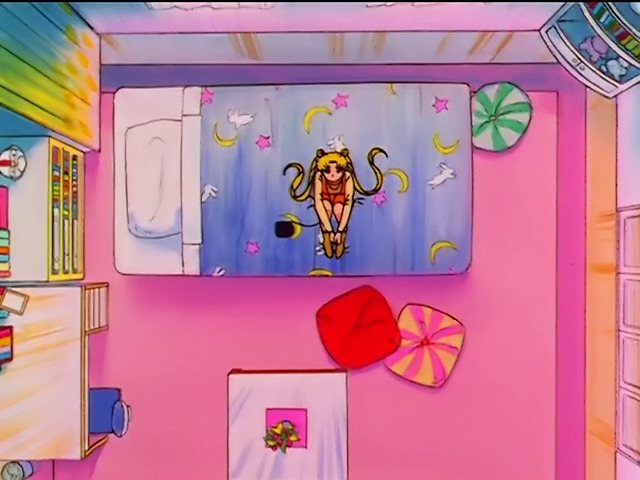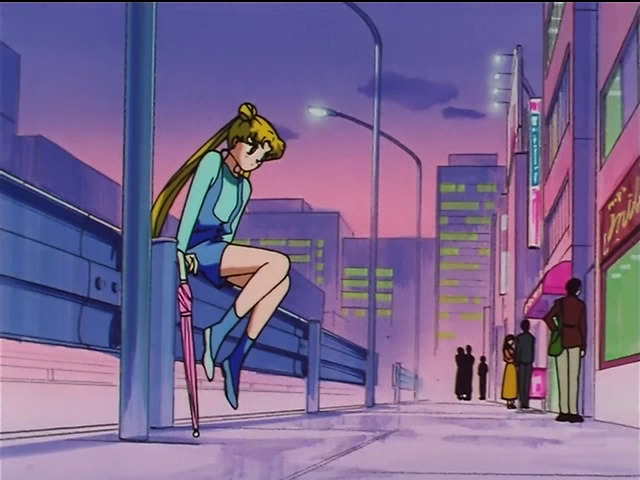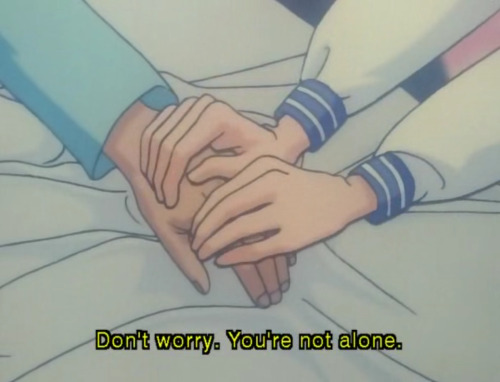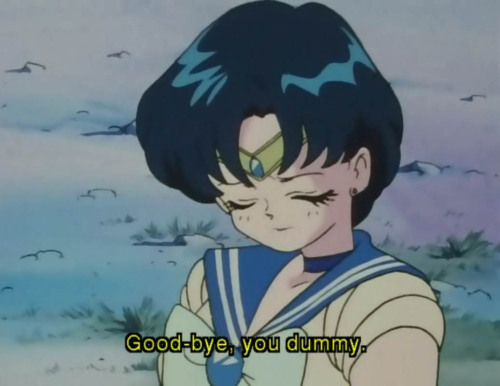BELOW: In the infographic for my school's report card year 2012-2013, the 0.01% was bumped up to 1%. The following year, Native American was not a category at all. Despite my high test scores in English Language Arts, the category shows -- as not applicable.
via Pinterest
Except for the time in my one of my History classes when we told the class our names and what ethnicity(ies) we were. "So do you like, dance around a fire?" someone asked me, and I was met with the horrible picture of a dancing Tiger Lily in my mind. No matter how many times I laugh it off the feeling of being at a loss for words, stammering, it does not go away. "Yeah, of course, we all do, right?" I threw back, rolling my eyes. But that was only to be met with "Are you really even an Indian?" and it kept going back and forth until the teacher moved on. He seemed genuinely interested, but being a History teacher that was expected.
Those who have asked me if I dance around a fire or if I go around barefoot like Pocahontas did not seem to mean any harm by their questions, but because they were so repetitive it made me sad; made me wonder. Why were those the questions they asked anyways? With the portrayal of Native characters the way they are, and the marketing of such characters, it is not hard to see why. Tiger Lily from Peter Pan? She was just supposed to dance and be lusted after by men; to be quiet and submissive instead of fighting back, waiting for Peter to save her. Pocahontas - though I personally love the film as opposed to other Disney classics - was extremely wrong in terms of stereotypes as well as being historically incorrect. Primary, secondary, college, and big league sports teams put the icing on the cake of offensive Native stereotypes. Which brings me to why I started this in the first place.
Sifting through social media tags to find writing on real cultural aspects of various tribes or just connect to other Native Americans always leads me to something like this:
"Soft Light" by nrprtm via Deviant Art
Though this photo is not as overly sexualized as often seen, it is still appropriation and an incorrect representation of tribal cultures. When the photographer posted this photo in 2011 she was met with a storm of people telling her about how it was wrong, racist, appropriative, and should be taken down. After saying she would fix it, she disabled the comments and captioned with a story about how she had not meant any offense - said caption has since been taken down, but the photo remains. Wearing a war bonnet or headdress is always something debated upon due to traditional reasoning for wearing or not wearing them. Companies and designers that create such head wear today usually have some sort of defense about how it is "cultural appreciation."
A prime example of this is Novum Crafts, an "Indian Headdress" supplier online. They explain on their website that the crafts are by Indigenous Balinese artists. The headdresses "use real feathers and authentic leather," and are "authentic looking replicas." In a blog post titled "So, can I wear a native American headdress?" they talk about the cultural appreciation factor. The post even talks about sports teams, and they say that the teams have chosen names or symblols in appreciation for characteristics like bravery, courage, valor, and honor.
via Buzzfeed
Well-known Washington Redskins owner Daniel 'Dan' Snyder often uses the same argument, as do other teams under fire. However, this argument is problematic itself. Those who use caricature versions of Native cultures all appear the same in terms of their perception of Natives: redface or other "war paint," feathers in the hair or a full headdress, lots of skin showing between ridiculous "animal skin" outfits. What do you get from such imaging? I sure don't see the cultural appreciation there. But why is the cultural appreciation argument wrong, you ask? Simple.
To say you are honoring Native American culture by using stereotyped versions of Native people is incorrect because it is singular. There isn't just one Native tribe, like this excuse often leads people to believe. As of 2013, there was over 500 federally recognized tribes and the numbers were growing. This means there is over 500 different cultures. Plural. Such a small difference between culture and cultures, one letter; but it is that one letter difference and blanket term that causes people to be depreciative of such cultures.
via Pinterest
Along with little to no knowledge of Native American groups, genocide is a term many people clearly do not have in their vocabulary range. All through school I never once heard that word in correlation with what was and is done to Native people. Genocide committed against those who were Jewish? Sure. Every year that was something I learned about. The largest genocide, though, was committed on our land. Millions upon millions of Native Americans were murdered. By continuing to stifle the history of genocide committed against Native Americans, our country continues to oppress us.
Failure to realize that we are still a marginalized people is also lack of willingness to learn in this current day and age. My personal experience shows that even those who are part of the crusade to be politically correct turn away from information regarding the continued oppression of Native people. With someone right in front of you saying "I am here, I am Native, and this offends me, check out Eradicating Offensive Native Mascotry,"and giving information, how can one - in good conscious - say something along the lines of Native Americans don't care about offensive mascotry, stereotyped film characters, and other issues that we are against. How can one, with a Native American right in front of them disagreeing, throw out horrible stereotypes and jokes about alcoholism, suicide rates, and poverty while claiming that the actions of the majority do not contribute?
via Pinterest
While it may be true that as a people we have loads of other issues to worry about than football teams and Disney films, one has to take a look at the bigger picture. All of the problems have to stem from a source, which means we must look to the root in order to fix all of the other problems. A good place to start would be with poverty: look at the patterns, habits, and lifestyles of those in poverty, try to fix those problems, go from there. There are many different approaches that can be taken to begin rebuilding our broken bridges, depending on a starting point. Like Jacqueline Keeler said, "we can multitask." If we cannot have an opinion and a say in who can benefit from watered-down imitations of our cultures how can we begin to give the world what we have?
This piece was edited by myself and Jasmine. It is an introduction to a series in which I will address many of the things that have been said to me in response to controversy over the Washington Redskins team.
